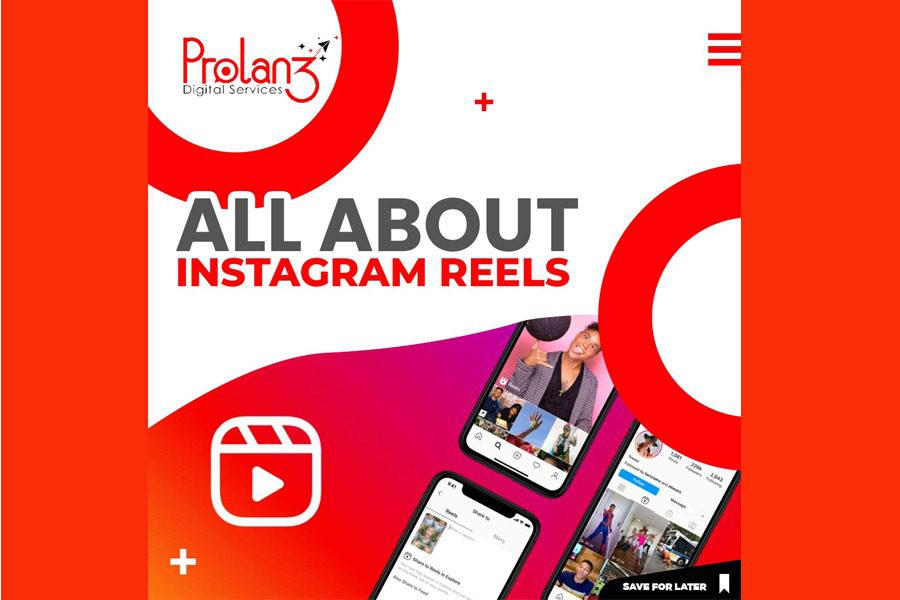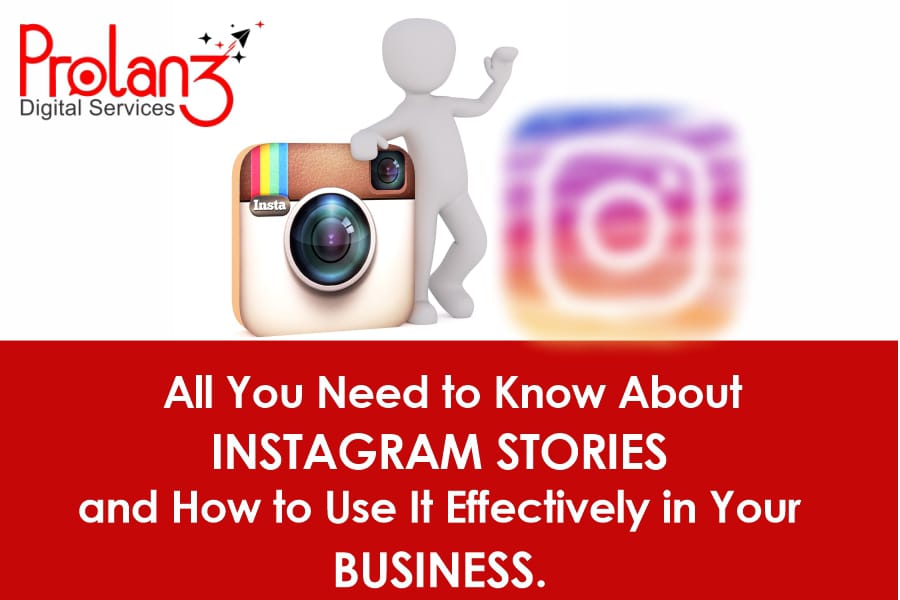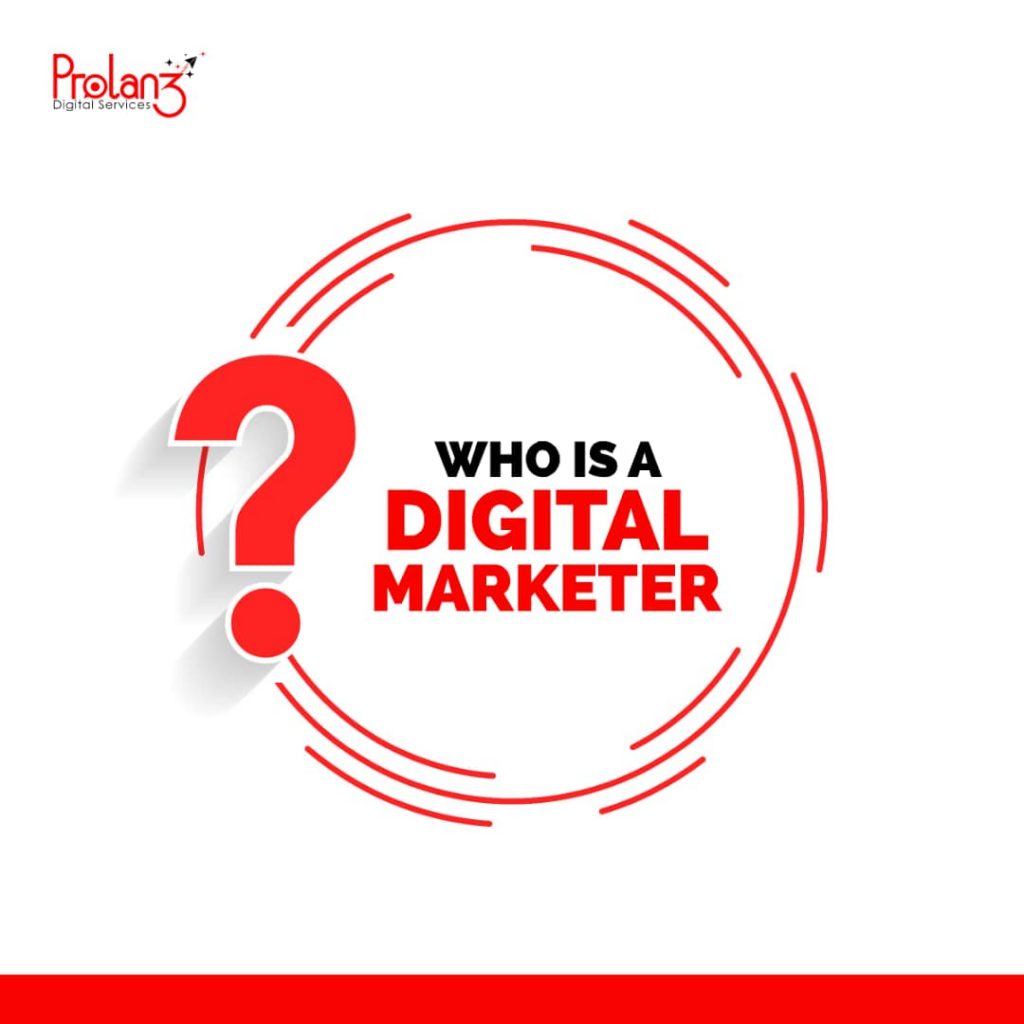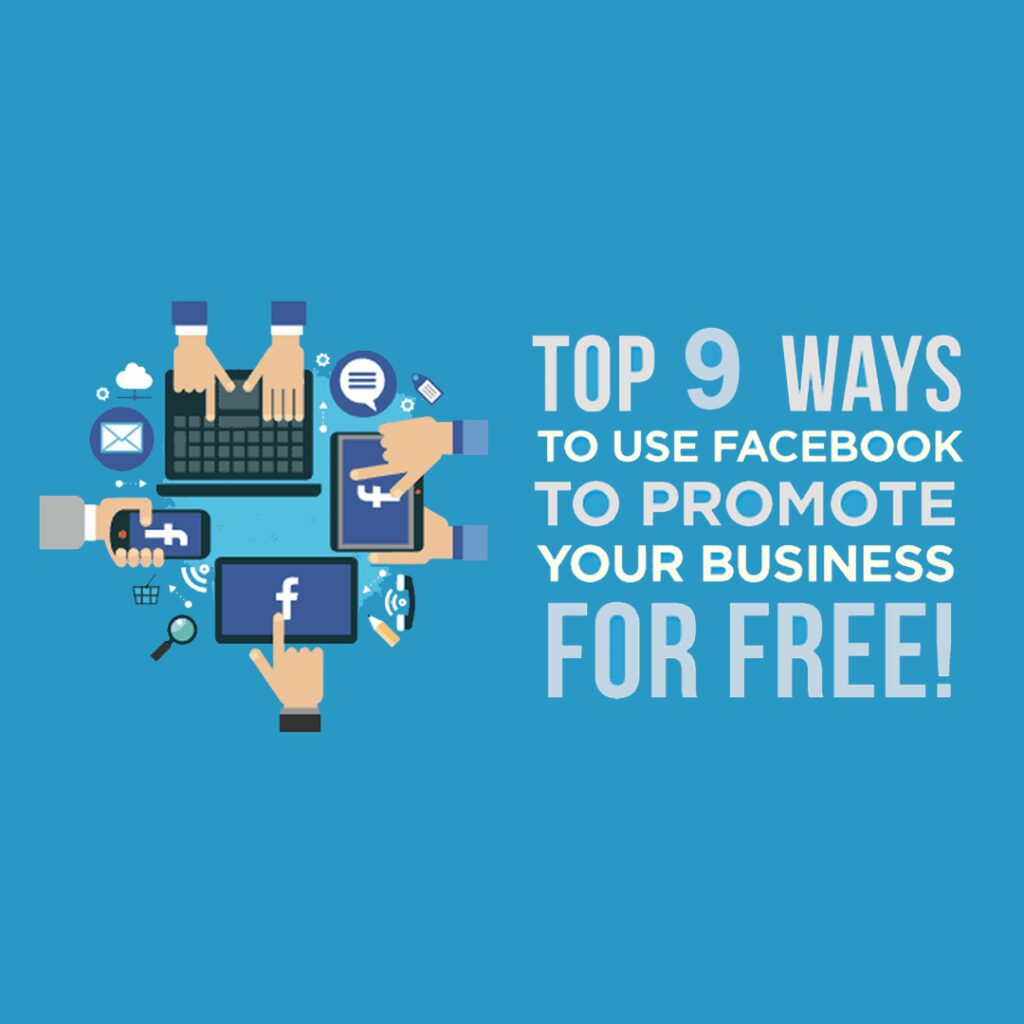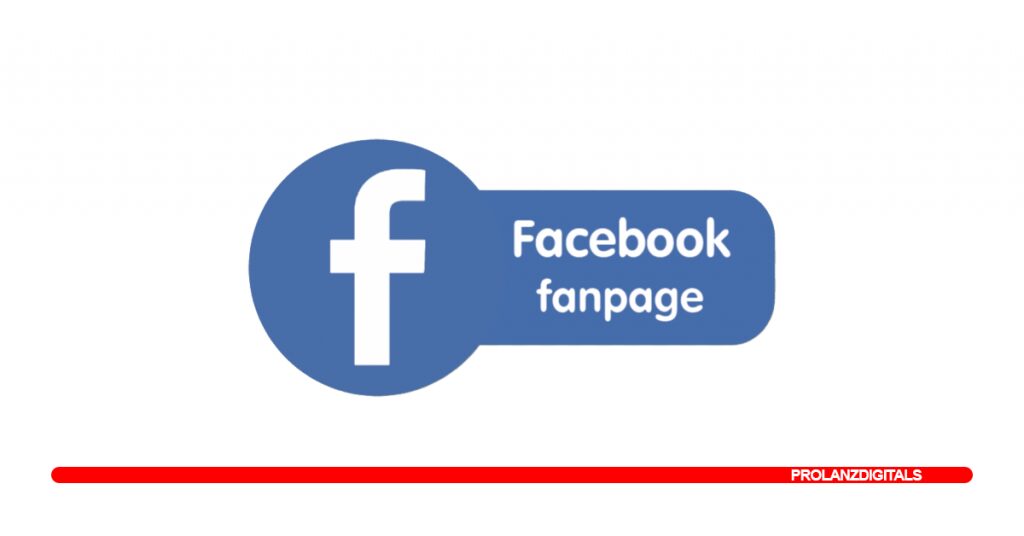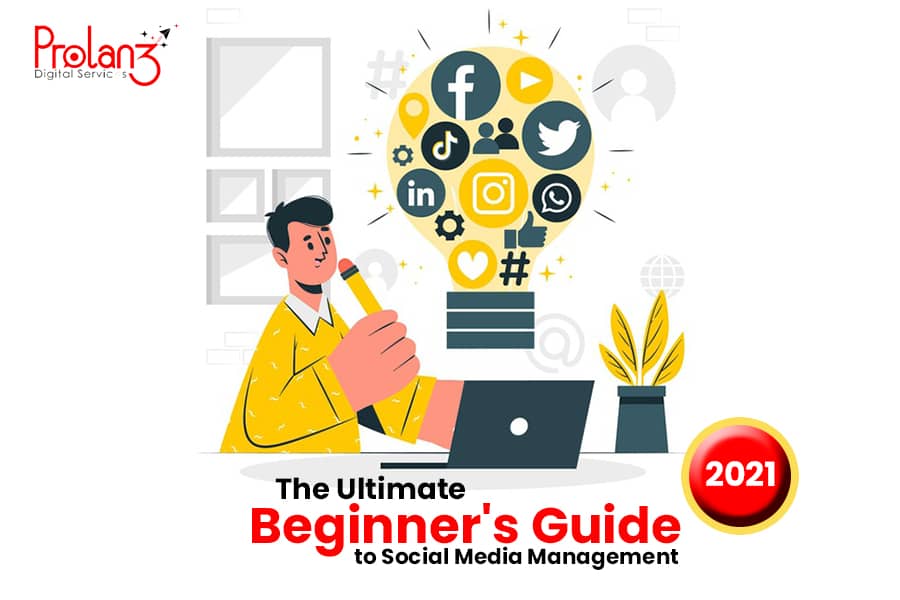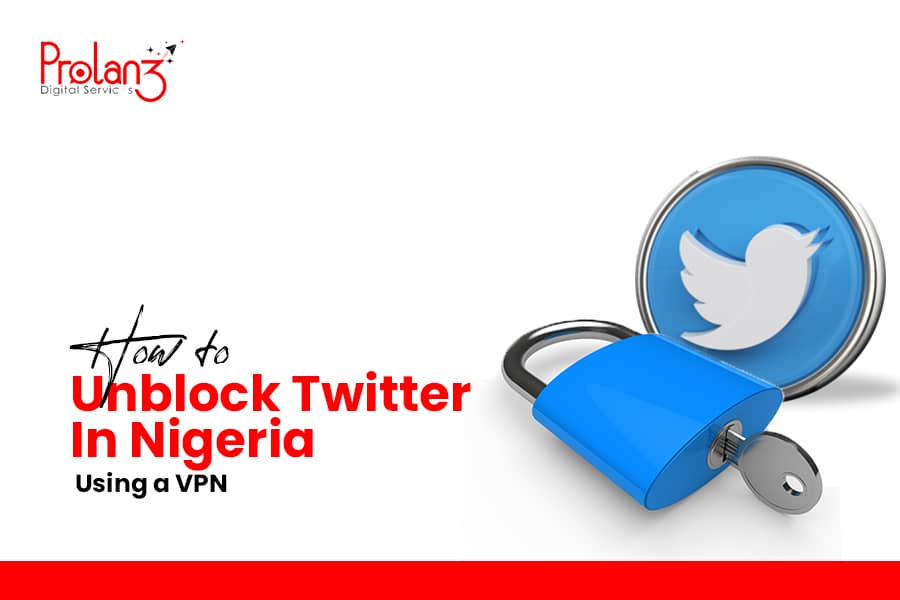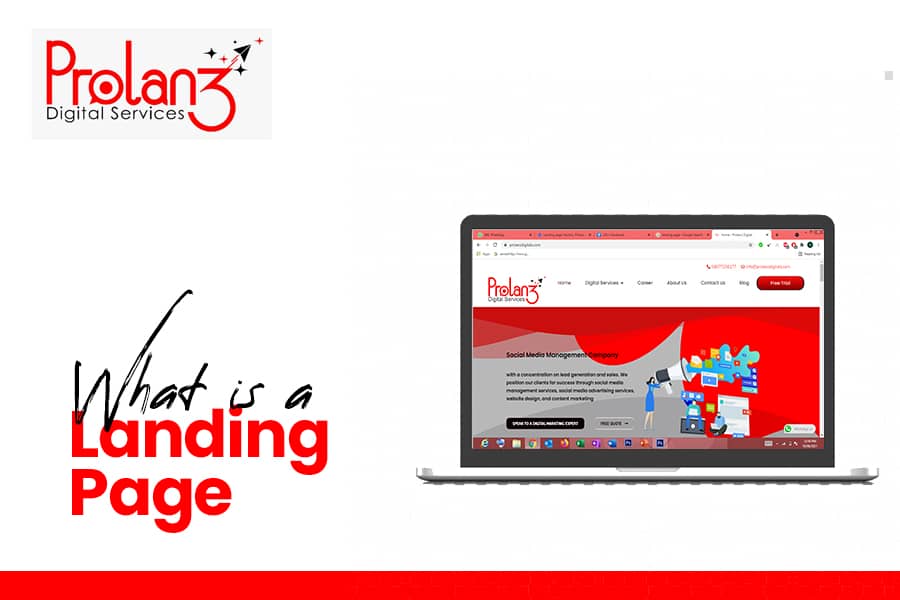
Every online marketing campaign is ultimately geared towards making sales. But what happens before a sale is made? Some steps must be taken during an online campaign to ensure success and this includes having a landing page. A landing page is a standalone page on your website where you offer a resource from your business, in exchange for a visitor’s contact information. This page is solely designed to convert visitors into leads. Converting visitors into leads helps to create a relationship between your company/brand and a potential customer.
How Do Landing Pages Work?
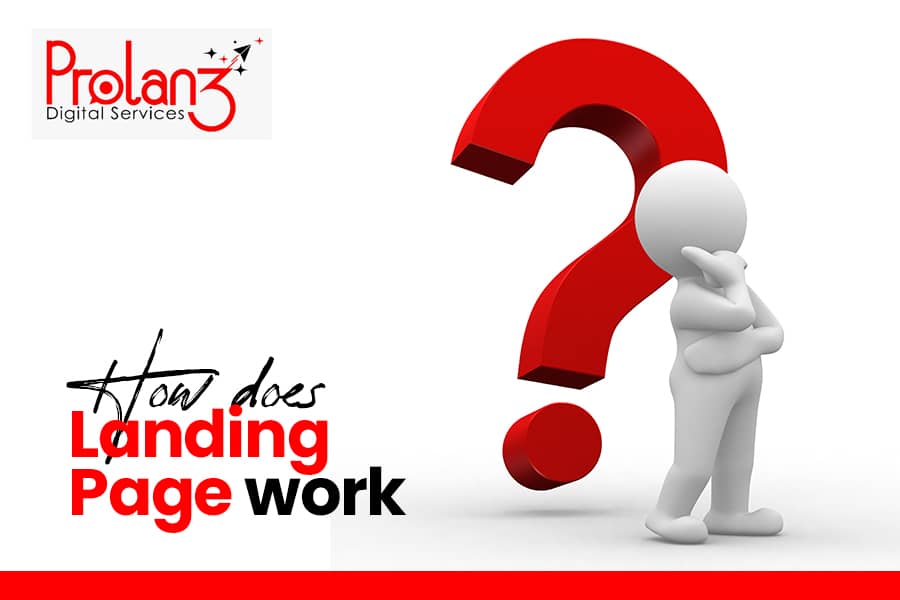
A good landing page is meant to convince potential customers that it will be worth their while to provide personal details in exchange for your offer. Typically, a landing page is different from other pages on your website. It is specifically made to convert visitors into leads. So, how do landing pages work?
- First, the visitor must see a call to action that leads them to click on a link that takes them straight to the landing page with a form.
- After filling out the form, the visitor is now converted into a lead.
- The information from the form is then stored in your leads database.
- Moving forward, you can market to the lead based on the information you now have about them.
Now, you can proceed to give your leads branded content such as eBooks, free product trials, industry events or online courses in exchange for their contact information. It all depends on the product or service that you’re offering.
Landing Page vs. Website
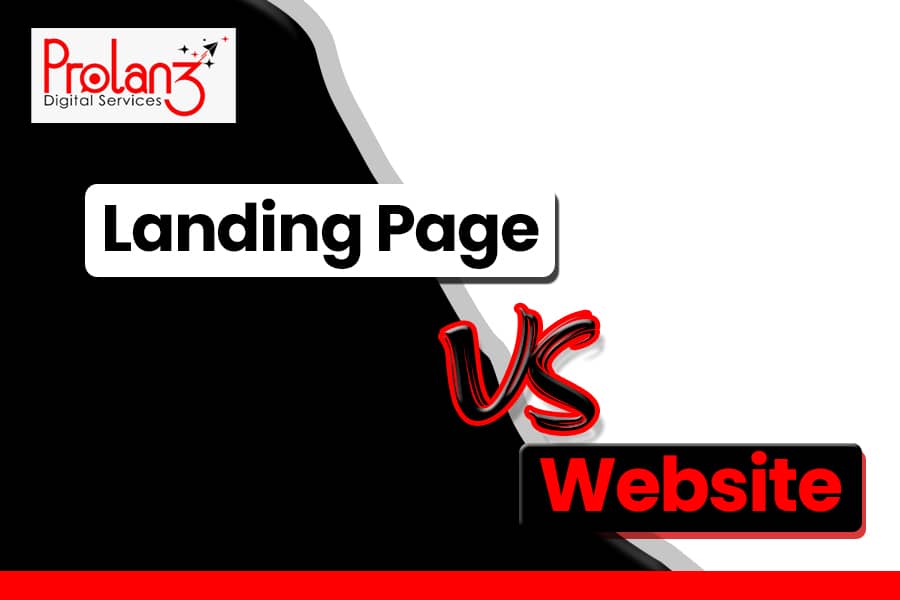
Your landing page is a form of a web page. As previously mentioned, it is a stand alone web page that a potential consumer can land on. It is different from your homepage and other pages on your website because it serves a single purpose. A website can have multiple landing pages that are targeted towards segmented customer populations.
Landing Page Structure
Since you’re seeking for your visitor’s information via the landing page, the message has to be convincing and passed across clearly. A landing page should serve as a good front page story. As such, it should consist of;
- A Headline– This should grab the attention of your visitors by making them know that they’re in the right place. It needs to pique their interest to encourage them to read further.
- Supporting Headline– If your headline cannot contain all the details of your offer, your supporting headline can fill in the gaps. It is an opportunity to insert important details that may be missing from the headline.
- Hero Shot– Only words can’t do the convincing and that’s why we have pictures. A hero shot is a picture that highlights the importance of your offer. It goes further in convincing your visitors that your offer is the best for them.
- Benefit Summary– This is the part that makes your visitors want to scroll down even more. Think of it as the hook. It should be kept simple and short.
- Call to Action– When your visitors get here, they are advised to take an action to gain all the benefits of the offer you have presented thus far. Phrases like “Sign Up”, “Buy Now” are used in call to action.
- Social Proof/Testimonials– Here is where you show them proof of what your customers have benefitted from your offer. They often do not carry a lot of weight but they shouldn’t be overlooked either.
- Closing argument/Reinforcing Statement– At this point, you should summarize your offer and convince your visitors why they should get your offer. A good conclusion can be the difference between them exiting the page or converting to leads.
Website Structure
On the other hand, your website or homepage is general. It lacks a primary focus and call to action as it presents visitors with all the options your business has to offer. A standard homepage on a website may carry other links such as;
- About
- Products/Services
- Company Information
- Blog
Benefits of Landing Pages
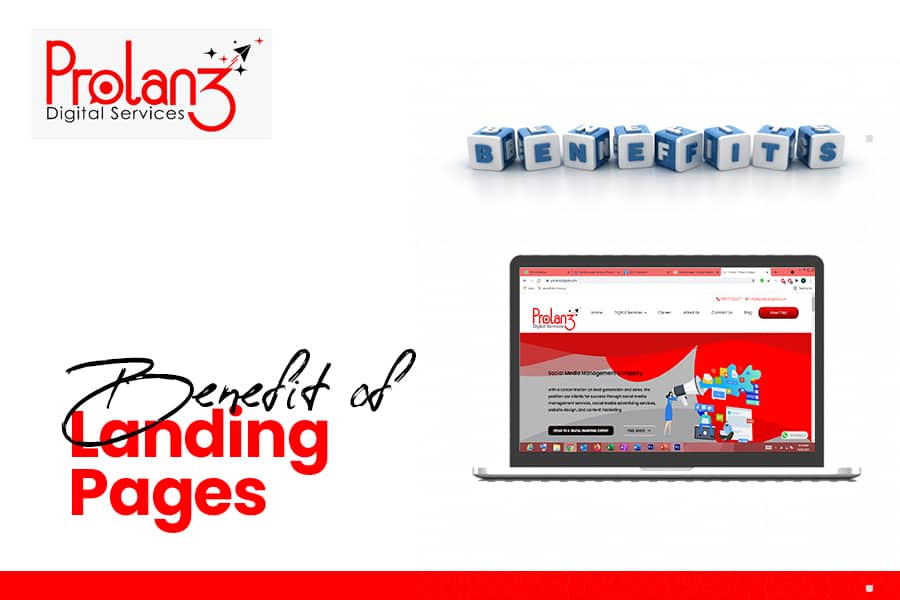
The benefits of using a landing page is something that most digital marketers leverage on. It is a significant part of a brand’s online marketing campaign that yields substantial results. The benefits of a landing page include;
- Leaving a good first impression of your brand to visitors.
- Generating leads and conversions.
- Promoting new products and services.
- Building credibility.
- Increasing your brand’s search traffic.
Undoubtedly, investing in a digital marketing campaign is a smart way of promoting your business. As you build your online business portfolio, do well to include a landing page as it is beneficial to both you and your potential customers.

